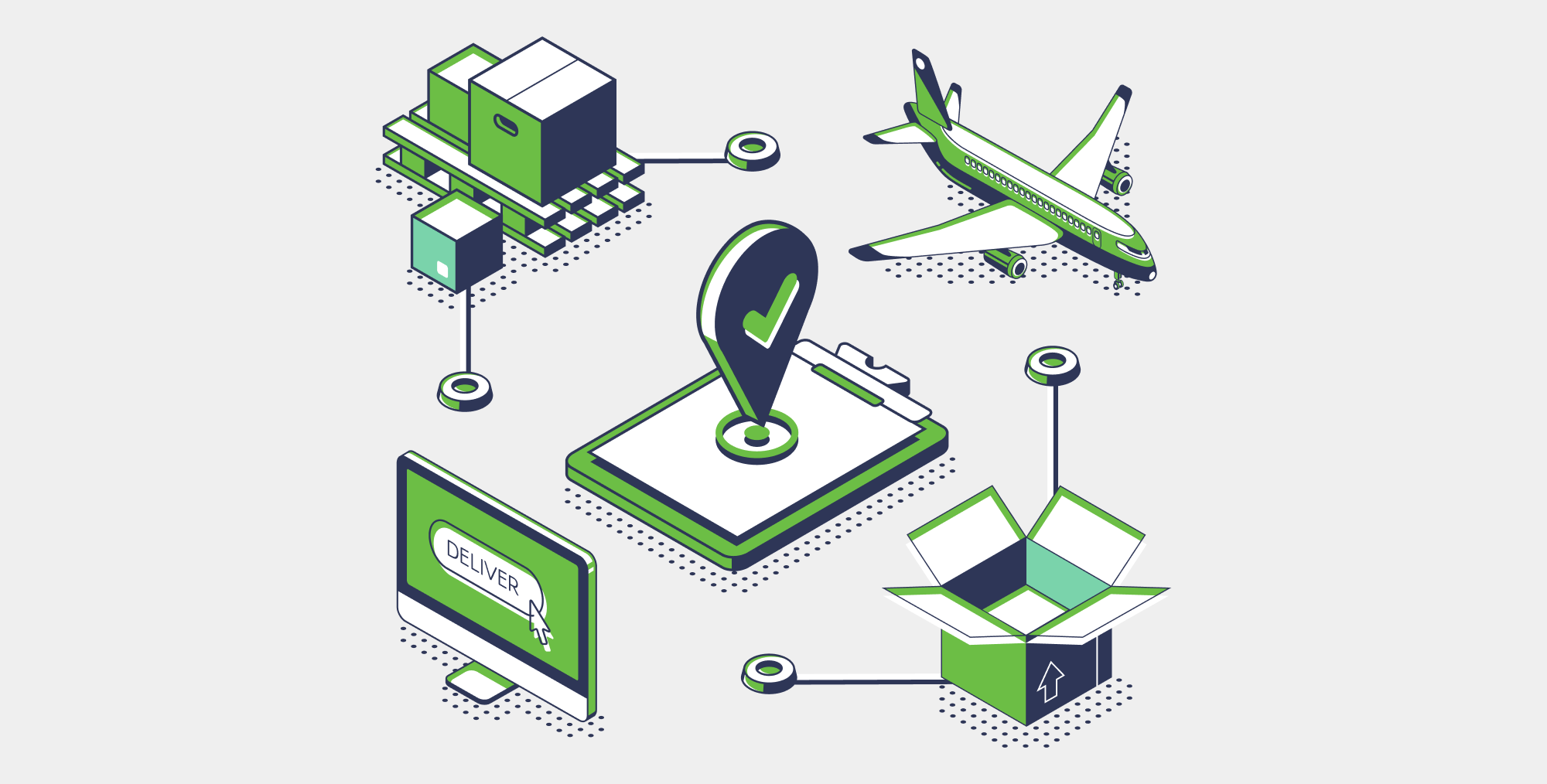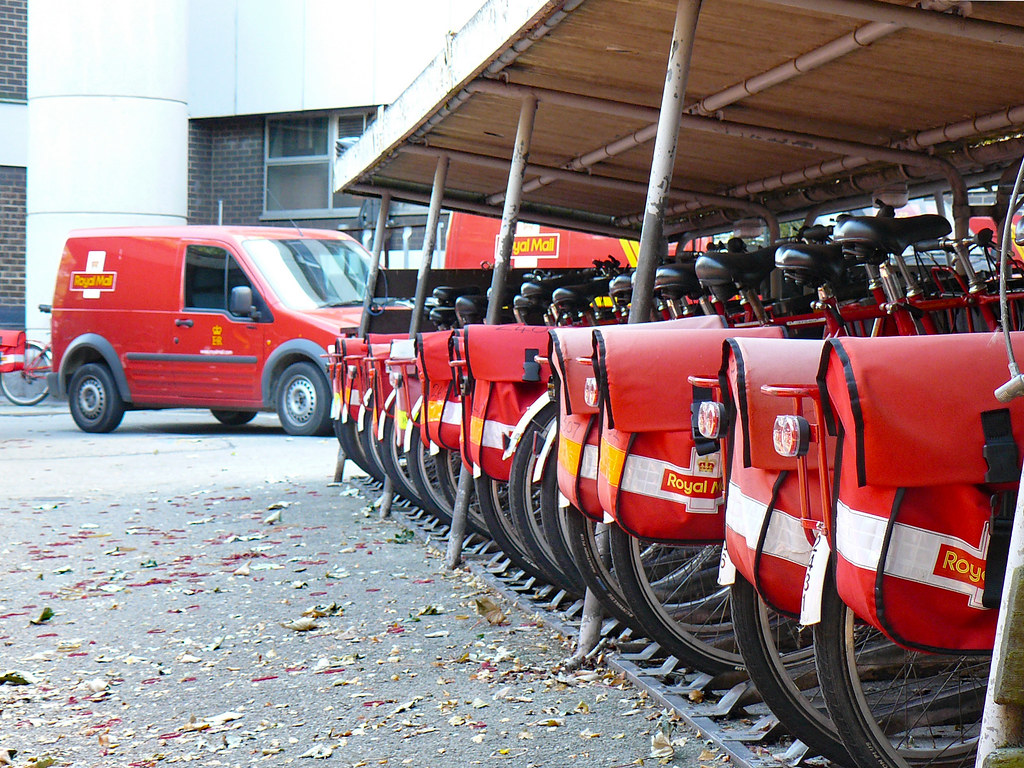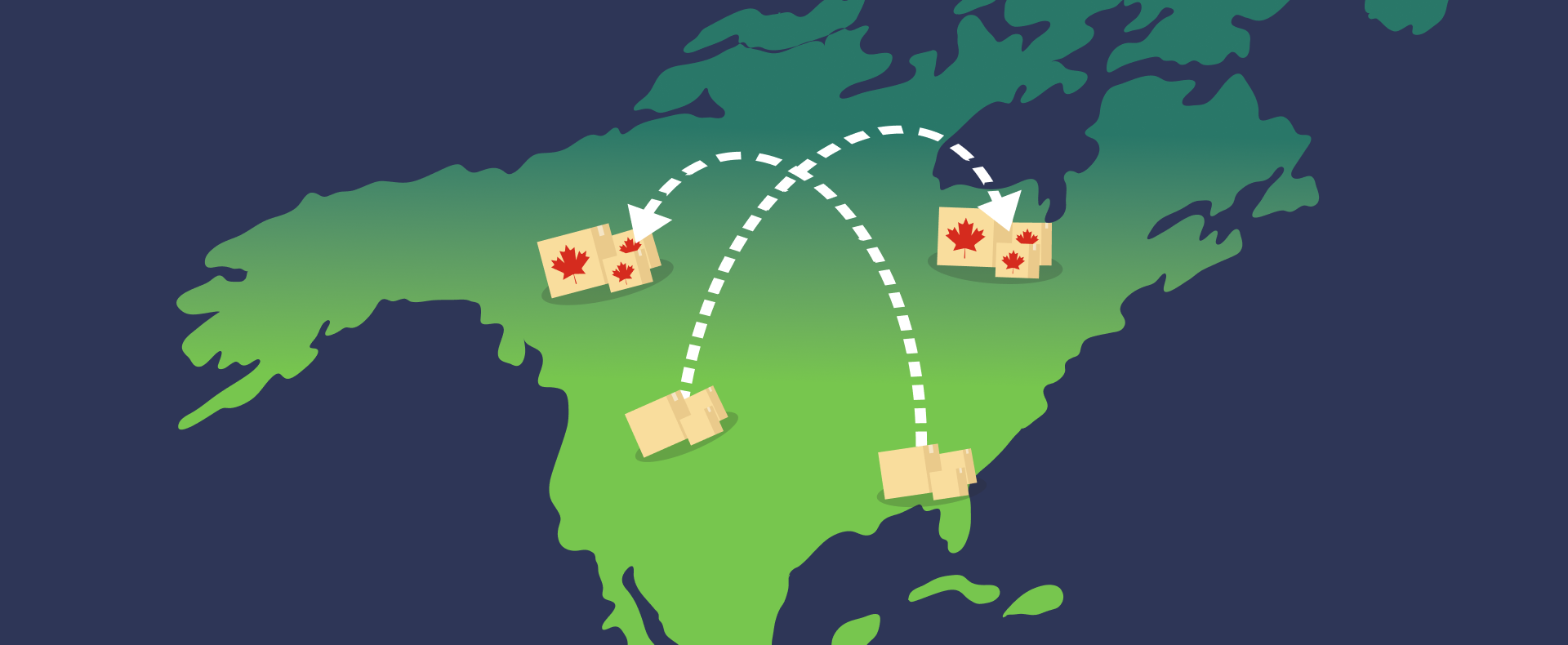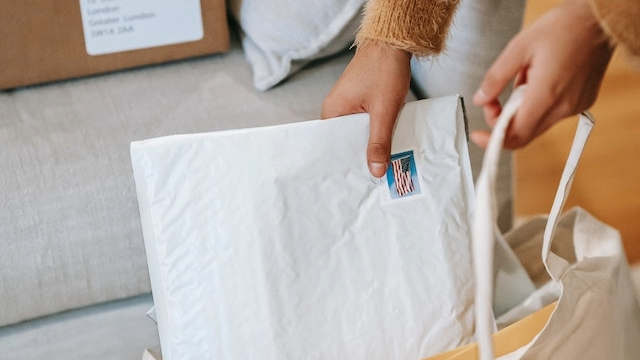iPhone vs. DSLR: Shooting RAW Product Photography
An e-commerce seller on a budget can shoot their own product photos with the right gear, shots, and touch-ups. You might consider upgrading to a DSLR camera, but with recent technology updates, you could potentially get professional-quality images with the smartphone in your pocket.
The Contenders
We’ve matched the iPhone 7 Plus with a Canon EOS Rebel T5 to go head-to-head on product photography. The DSLR comes stock with the 18-55mm lens which sells for $399.99. We’re shooting with the iPhone 7 Plus with no add-on lenses, starting around $769.
In addition, we’re shooting JPEG & RAW formats on both the iPhone and the Canon. To shoot RAW on the iPhone, we’ve downloaded the Adobe Lightroom App for iPhone. All exposure and white-balance settings are set to automatic on both cameras. The photos are un-edited and straight from their respective devices.
Here are the results.
The Product Photography Test
TEST: INDIVIDUAL SHOT
Here are some individual shots we took at each configuration.
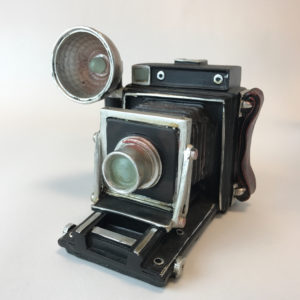 iPhone 7 Plus JPG |
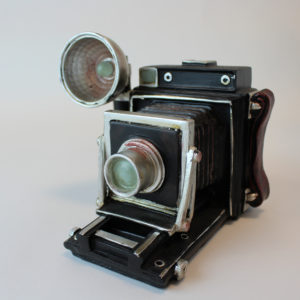 DSLR JPG |
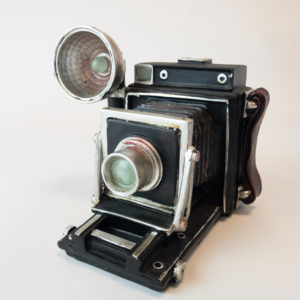 iPhone 7 Plus RAW |
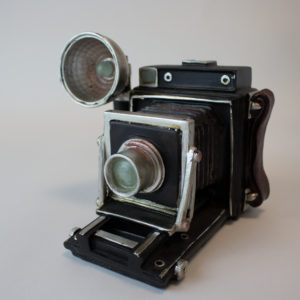 DSLR RAW |
Results: The obvious difference on this set of shots is the greater amount of light that the iPhone let in over the DSLR, which seems to be at a lower exposure. This however, isn’t always a plus as over-exposure can make your photo lose data that you can’t adjust in post. Overall, the iPhone photo in RAW format stands out as the sharpest and at just the right brightness, straight from the device.
TEST: DETAIL SHOT
We’ve taken a detail (close-up) shot on all four settings.
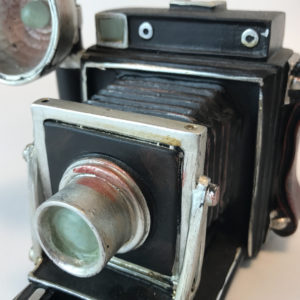 iPhone 7 Plus JPG |
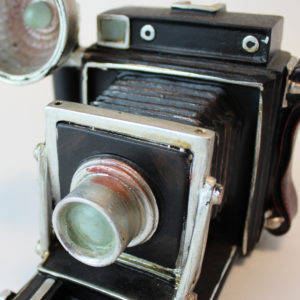 DSLR JPG |
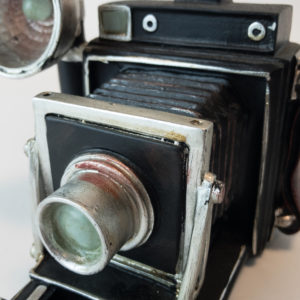 iPhone 7 Plus RAW |
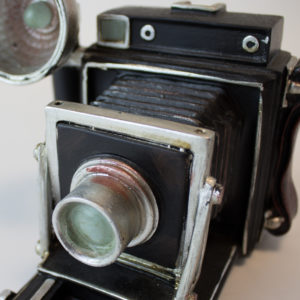 DSLR RAW |
Results: Although this one is a close call, the RAW photo from the iPhone does appear to have a more natural contrast and sharpness that makes certain colors distinct.
TEST: LIFESTYLE SHOT
We’ve taken a lifestyle-like shot on all four settings.
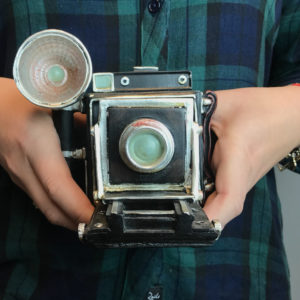 iPhone 7 Plus JPG |
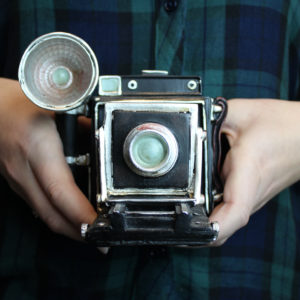 DSLR JPG |
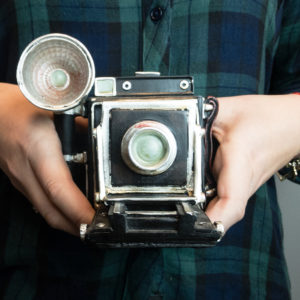 iPhone 7 Plus RAW |
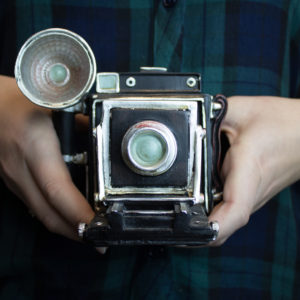 DSLR RAW |
Results: We begin to see some key differences in the photos in this test. The colors from the iPhone are noticeably more saturated with a warm, orange skin tone in the hands. The greens are more vibrant in the iPhone photos, where in the center of the product it’s noticeably more seafoam green rather than the more flat mint color in the DSLR photos. Once again, the RAW photo from the iPhone appeared to set at a higher exposure on the automatic setting, but it appears to have blown-out the top-right edge of the product’s shiny outline. The DSLR appears to offer more natural colors that were truer to what we saw in-person.
Should I Take Product Photography with an iPhone or DSLR?
If you’re on a budget to take your own product photography, it all boils down to one question… should you use the phone you might already own or invest in a DSLR camera? After each shot test it’s safe to conclude that there’s no clear winner in photo quality. The Canon camera offered all the features you love about a DSLR and consistently shot a great photo. The iPhone, however, boasted in ease of use and took a great photo as well. The capability to take a RAW photo from the phone is a really great new feature that makes it even harder to compare the two.
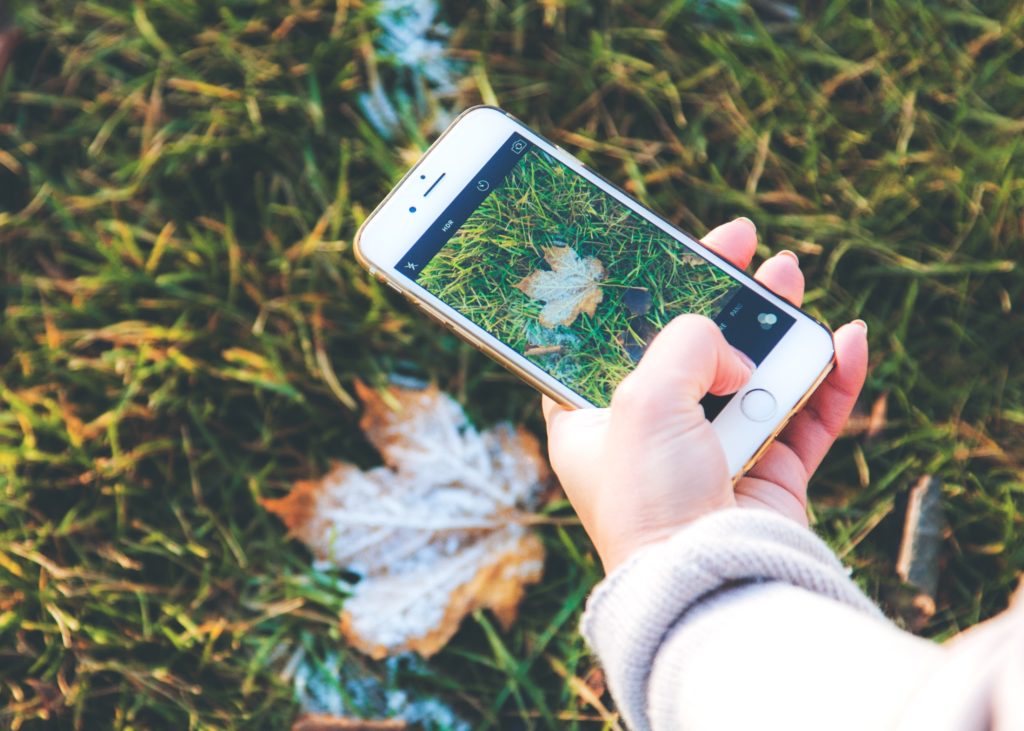
I would recommend an iPhone to product photographers who:
- Want to utilize the technology they already own. Taking product photography on a budget means saving money wherever possible. Not having to invest in a four-hundred dollar camera and additional accessories is a big win (and hopefully a sigh of relief). With free apps like Adobe Lightroom, you can even start shooting RAW like all the fancy DSLRs on the market.
- Want the all-in-one product photography rig. Unlike even the most expensive DSLR camera, you can snap, edit, and publish your product photography photos straight from your phone. This is hard to beat for the business owner looking to save time and money.
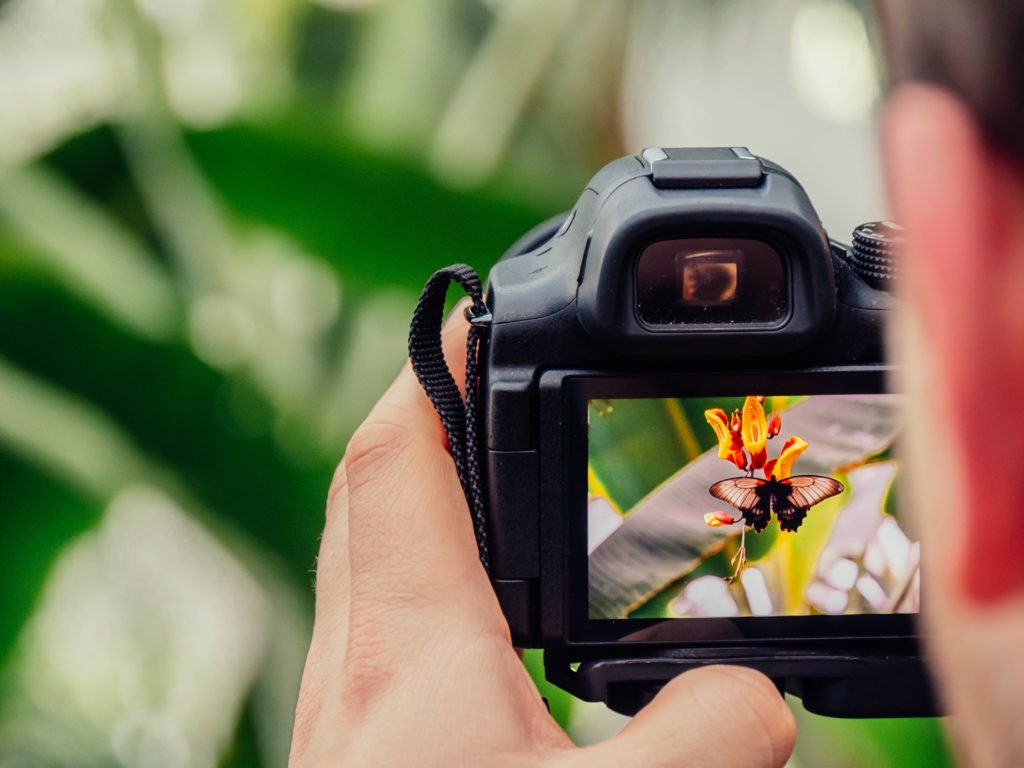
I would recommend a DSLR to product photographers who:
- Want total manual control. With a DSLR, you can change the lens to suit the situation, add-on additional hardware, and have access to a wide range of exposure and manual settings.
- Want a dedicated product photography rig. When you have a dedicated camera to take your photos, you can rely on consistency and availability. You might be the only one in your business that owns the newest smartphone, but that doesn’t mean you want to dedicate your main form of communication to hours of photography.
OVERALL VERDICT: iPHONE
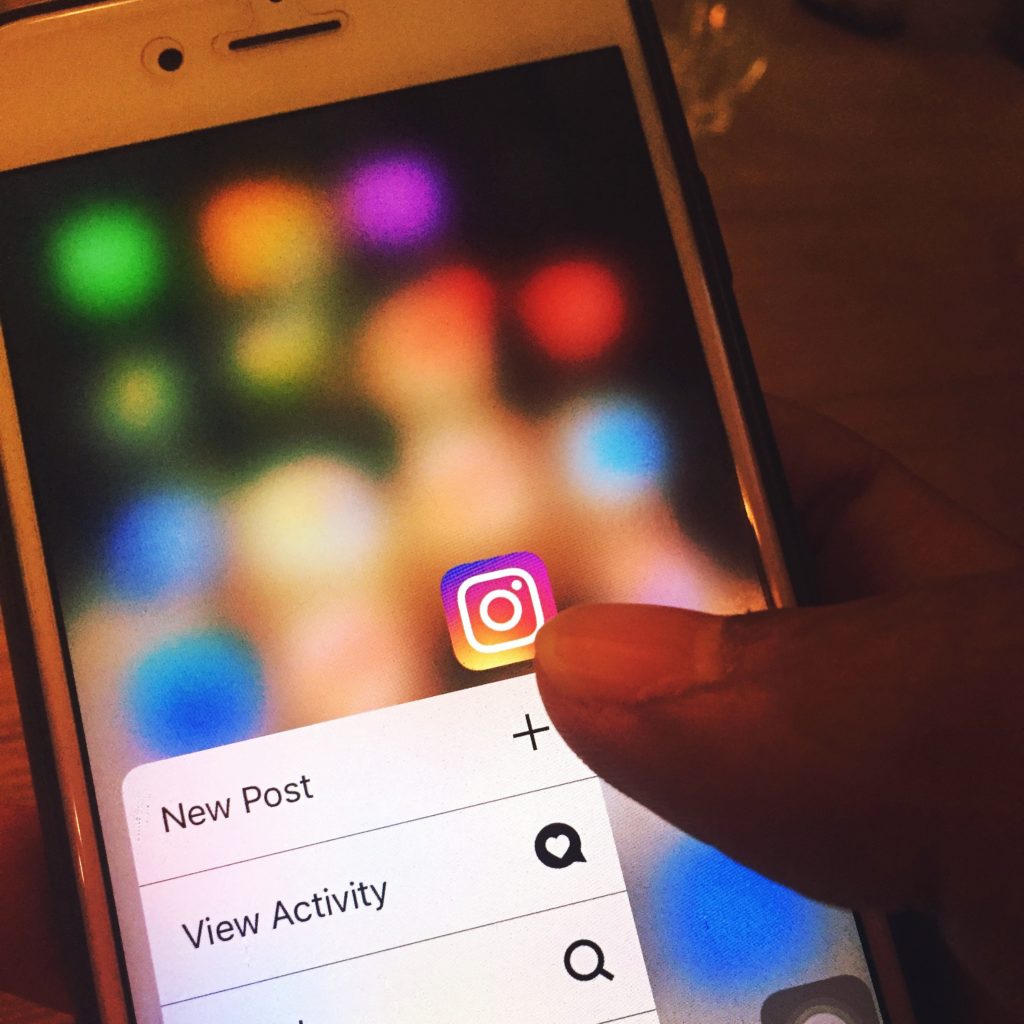
In several instances, the DSLR takes a higher-quality photo over the iPhone in pixel size and RAW editing capabilities. However, our content team here at ShipStation chose the iPhone as the overall winner for shooting product photography on a budget, for several reasons:
- Ease of use. The iPhone is a straightforward point, click, and shoot without the hassle of reading a camera manual.
- Value. Although the price of the smartphone itself costs more than the Canon DSLR we tested, it offers a wider range of value being, well, a smartphone.
- Sharing capabilities. To support the point above, you don’t have to transfer your photos to any additional devices to get your photos online or on social media.
- Control. Although the DSLR has a bunch of classic ways to adjust your camera settings, with apps like Adobe Lightroom you can shoot in RAW and manually control exposure settings.
Sell Online?
If you’re an e-commerce seller, great product photos are key to getting sales and reducing your returns. A nice touch to your customer’s online shopping experience might be to incorporate your product photos beyond checkout. With a shipping software like ShipStation, you can promote your brand and wow your customers with additional places where your product photos can live like a Branded Tracking Page, your shipping confirmation emails, your packing slips, and more. If you want to use your product photos to their best advantage and save time and money when shipping your products, try out ShipStation free for thirty days.

